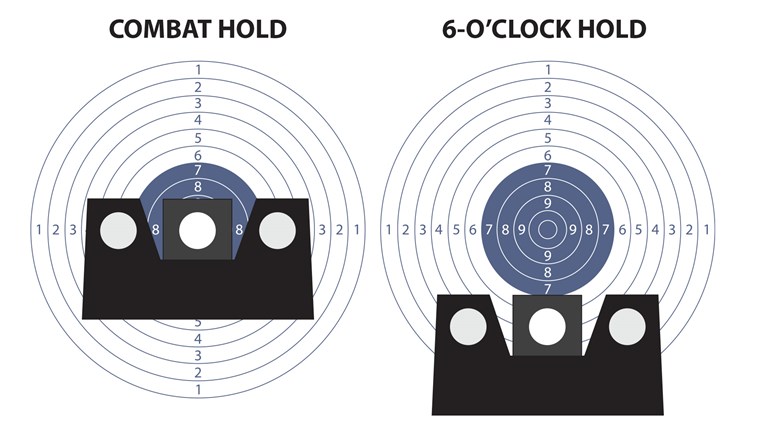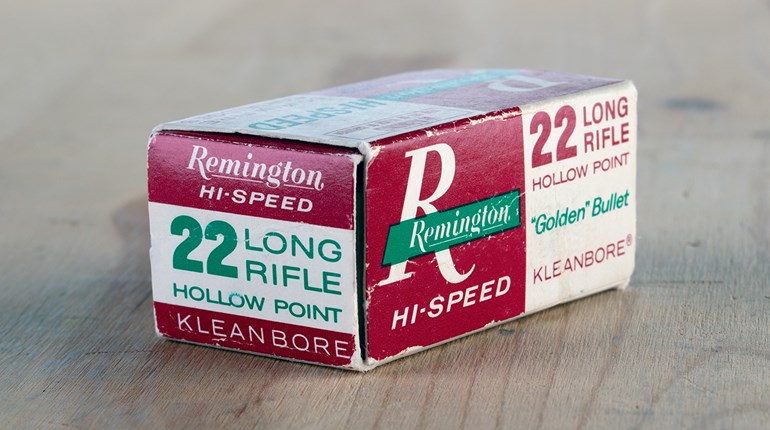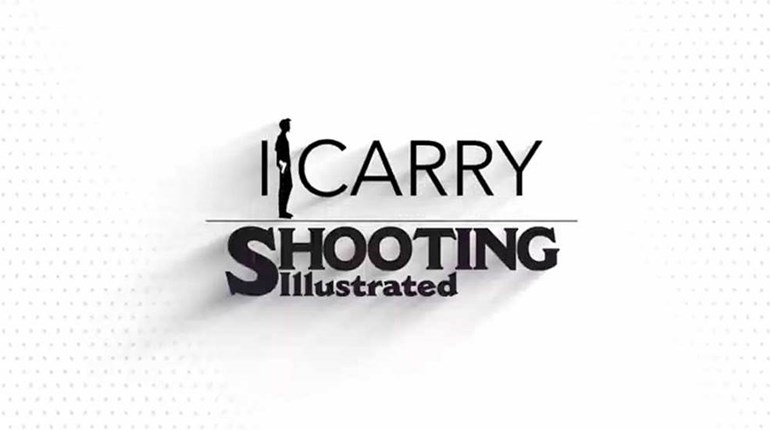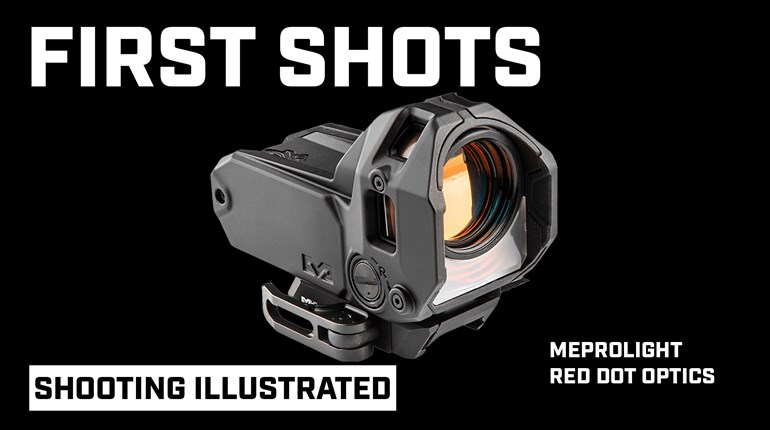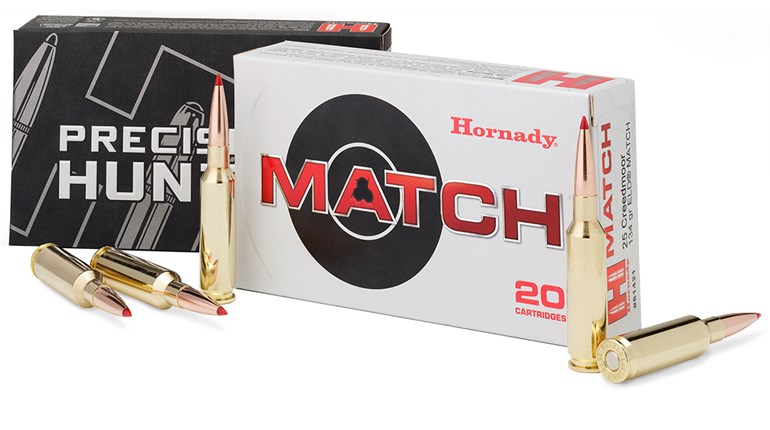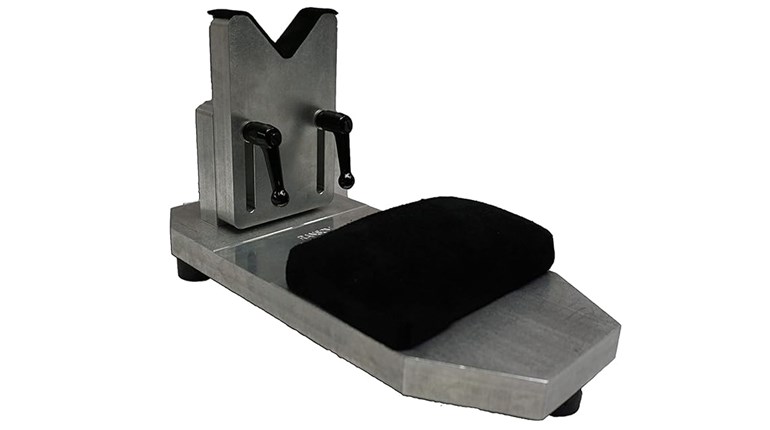
I have an affinity for SIG Sauer P228 and P229 pistols. They fit my hands perfectly, having similar grip sizes, and their overall exterior dimensions make the guns convenient for concealed carry.
Recently, I was able to purchase a rare, military-model M11 which was an overrun that SIG Sauer sold at the end of its contract with the U.S. government. Since this gun was new, I was reluctant to fire it, but I could not resist the temptation, so I did. The way it shot and the way I shot it was indescribable. Not wanting to wear it out right away, I found a M11A1 to purchase as my primary shooter to save wear and tear on the original M11.
Once I got the M11A1 home and began to examine it, I found that it really was based on the P229 as opposed to the P228 from which the original M11 was derived. Other than the marking on the grip signifying P229 on the M11A1, I found that the M11 magazines fit quite loosely in the M11A1 and the M11A1 magazines were too wide to fit in the original M11. Does this mean that there is more part interchangeability between the M11A1 and the P229 than the original M11? Could I convert the M11A1 to a .357 SIG or .40 S&W similar to other P229s if I decided to? Finally, are there other mechanical differences that I should be aware of before I go too deep down this rabbit hole?
Jessie Iq, Gainesville, FL
You are right that the U.S. Military M11, Compact Combat Pistol was developed from the SIG Sauer P228 with very few changes from the pistol as it was commercially produced. Repair parts from the P228 and the M11 can be used interchangeably.
Over the years, the P228 has essentially remained the same as it was originally produced with a few exceptions, such as a limited run with Picatinny rails on the dustcover.
The model P228 morphed into the P229 to accommodate the new-to-the-market .40 S&W cartridge in the early 1990s. In order to get the desired 12-round-magazine capacity, the magazine well was widened to accommodate the wider magazine necessary to hold 12 .40 S&W cartridges without appreciably changing the exterior dimensions of the frame. This worked for the .40 S&W and later on the .357 SIG-chambered P229s, but made it necessary to develop a new magazine for the customer base demanding a 9 mm P229. This was done for a brief period before the decision to make the 9 mm P229 with a P228 magazine well, which accommodated the 9 mm magazines already in production. This essentially made the P229 9 mm a P228 with a one-piece stainless-steel slide and a P229 serial number with P229 external markings.
As with any astute manufacturing firm, SIG Sauer conducts a periodic engineering review of its products, among other things, if they can be made more efficiently and economically. When it became the P229 pistol’s turn for review, it was determined that it would be more economically feasible to make one frame that would serve all three chamberings and by adapting a 9 mm magazine from another model in current production. An extra added benefit with the new magazine was two additional cartridges over the original 13-round-magazine capacity. From a business and manufacturing perspective, this evolutionary change made perfect sense. The M11A1 was a result of this type of review process.
The downside for the consumer like yourself is while the operation and handling are all the same, the magazines do not interchange between the two models. While the M11 magazines will fit and function in the M11A1, the loose fit will sometimes cause reliability problems by falling out of the magazine well unintentionally. This may not be a showstopper on the practice range, but for personal protection I would segregate the magazines to the correct pistol.
As far as part interchangeability and caliber changes within the P228/P229 family of frame sizes, many of the small parts and springs interchange, but realize that a model in production for more than 30 years will always have some subtle changes. Generally speaking, a caliber change on the P229 can be accomplished by swapping out the barrel, slide, recoil spring and guide as well as the magazine to match the caliber. Depending upon the age of the gun and parts being used in the conversion, on a rare occasion, the pistol’s locking insert may have to change as well for total reliability. Due to the inline changes and the longevity of the pistol’s production, it is however quite impossible to give a definitive answer on every part in each model of the handgun’s interchangeability.
If the pistol will pass a function check and operates smoothly when shooting, that is a good indicator that the caliber change was indeed successful.
With some proper maintenance and good ammunition, either of the guns you have will likely provide you a lifetime of shooting enjoyment at the range.













